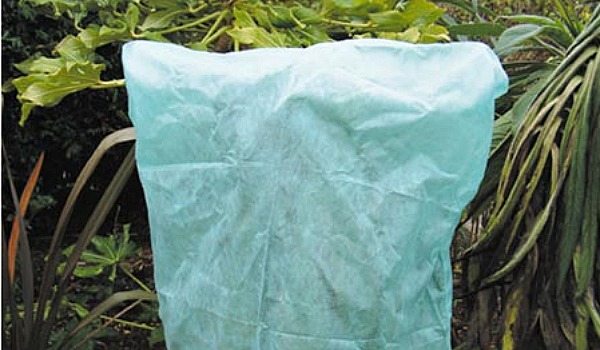
How to Protect Early Blooming Flowers from Late Frost
Spring is supposedly here, and most gardeners are feeling the itch to get out and start preparing for planting and checking on their annuals. The only problem is that Winter keeps hanging around for most of the United Statess. We’ve never felt more at risk of a late frost. Fortunately, there are some measures that can be taken to protect any annuals growing on their own from a late-season frost.
When temperatures drop below 32 degrees Fahrenheit overnight, there is a danger of frost. Depending upon how long the temperature is below freezing, and how far below 32 degrees makes a difference as to the extent of damage it can cause to flowers and shrubs. Even if frost does not form on the plants, there is still a danger to them if the temperature is too low for too long. Before a chance of frost, water the plants well to add insulating water to the soil and plant cells.
Watch the Weather Forecast
Once new life begins to form on plants and shrubs, it is a good idea to keep an eye on the weather forecast. Local weather stations give frost warnings, and also try to predict when the last frost of the season will be. By mid-March, most plants will begin their spring growth and delicate flowers need to be protected from the cold so that they are not destroyed. Some plants can recover from a frost, but may not bear fruit or flowers until the next year. When the plant begins to regrow, you can trim off any permanent damage.
Bring Plants Indoors
If the plants are in containers, it is an easy job to merely bring them indoors if there is a danger of frost. Having them outside to absorb direct sunlight is great, but forgetting to bring them in before the sun goes down may be detrimental to their growth.
Small shoots in flower beds can be covered over with mulch or an overturned flower pot to protect them from direct frost. It is important to remember to uncover them when the temperature rises again.
Cover Plants With Blankets
Larger plants, such as shrubs, can be covered with a blanket or rug. You should have a frame around the plant so that the cover does not weigh it down. Be sure that the bottom reaches the ground so that the heat from the soil is trapped inside the cover.
Try to always choose plants that are hardy enough for your climate zone. If you feel the need for a plant that may not be strong enough to handle the cold temperatures in your area, plant it in a portable container so that it can easily be brought indoors for protection.